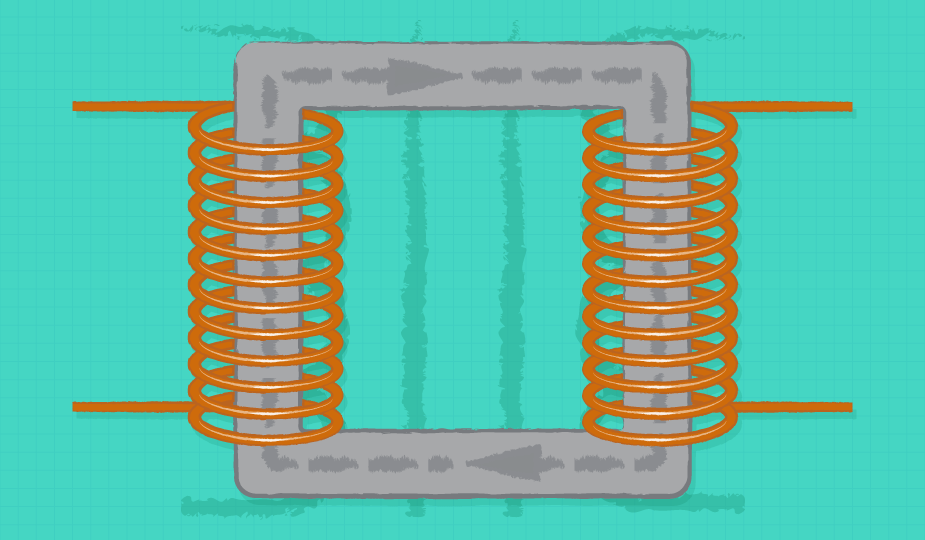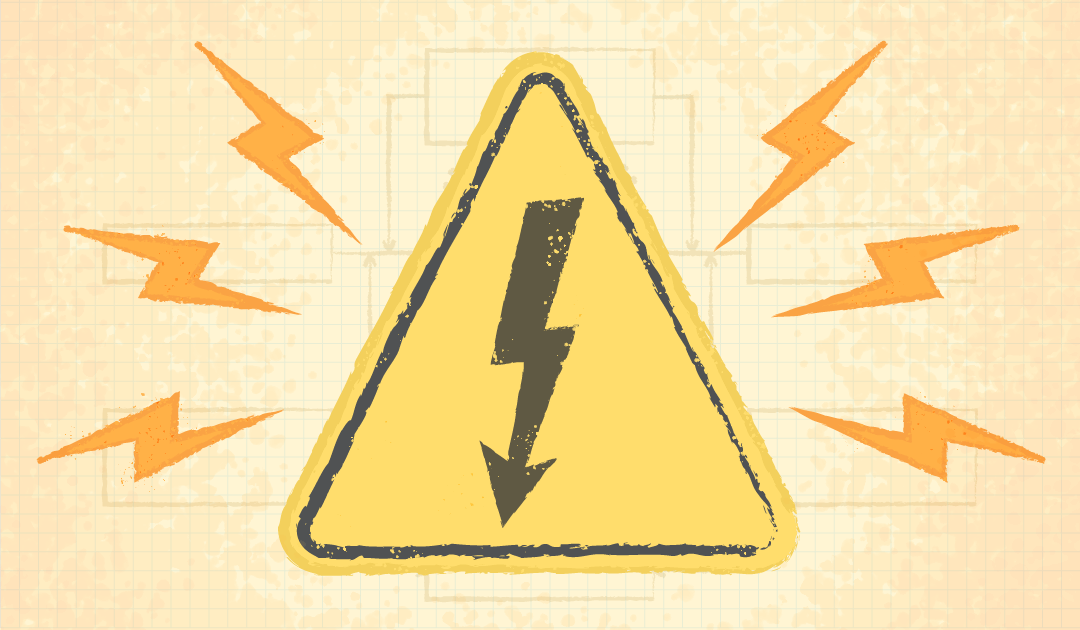What is the Difference Between UL Listed and UL Recognized?
June 19, 2018 by Bruce Rose - 3 Minute Read
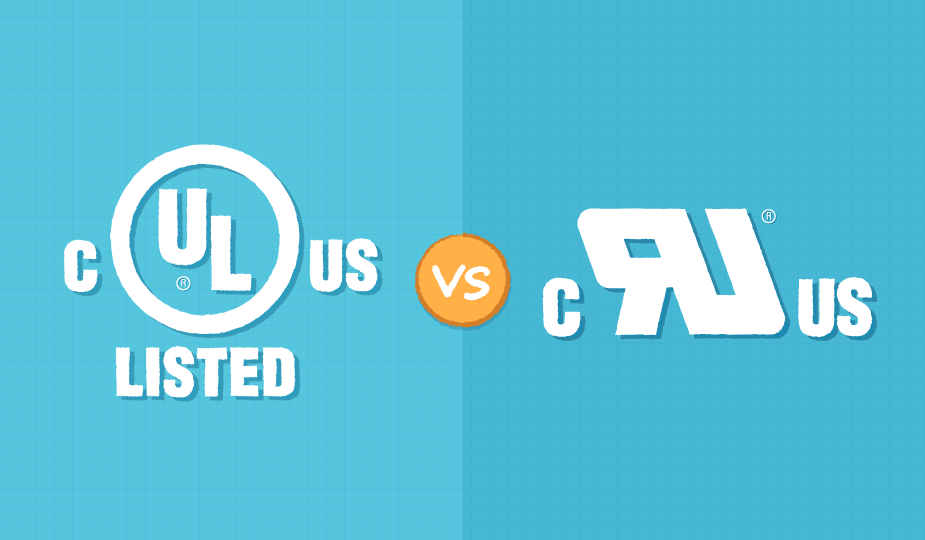
Underwriters' Laboratories, or UL as it is universally known, tests and evaluates components and products that allows a certification mark to be placed by the manufacturer. Most common are the "UL Listed" and "UL Recognized" marks. However, the meaning of these two marks is sometimes misunderstood and this blog looks to explain their differences in the world of power supplies.
Should We Ever Say "Approved"?
We have all been guilty of casually talking about safety agency "approvals" for components and products. While there will be testing agencies around the world that use the term UL approved, the US test and certification agency certainly does not. In fact, if you look at their website, the only mention of "approvals" is in examples of incorrect terms. UL avoids the word as a way of indicating that it really is the manufacturer's responsibility to ensure safety and that UL only acts as an auditor to check samples and documentation while making factory visits to confirm that procedures are being followed. The term "certification" is used for some UL marks, but only to communicate that UL has successfully tested a sample product against certain specifications. The term's usage is not meant to imply that it "approves" of the use of the product or component in all potential applications.
While UL and other agencies have taken this stance over many years, recent safety standards reinforce the situation and are now less prescriptive about how products are designed and are more concerned with "hazard-based" use cases. This means that manufacturers must identify how the component or product might present a hazard in its intended application, declare it and test accordingly. Again, the standard is putting the responsibility of safety compliance on the manufacturer to "design it in" and prove it, rather than the safety agency to "test it in" and allow a safety mark. So, "UL Approved" is disallowed and "UL Listed" or "UL Recognized" is used, but what is the difference?
"UL Listed" and "UL Recognized" Marks on Power Supplies
A basic concept is that "Listing" can only refer to stand-alone products with a specific function, tested against UL's published and nationally-recognized standards for safety for a specific category of equipment. The image below shows the "UL Listed" mark with the "C" and "US" adders signifying that Canadian and US cross-certification applies.
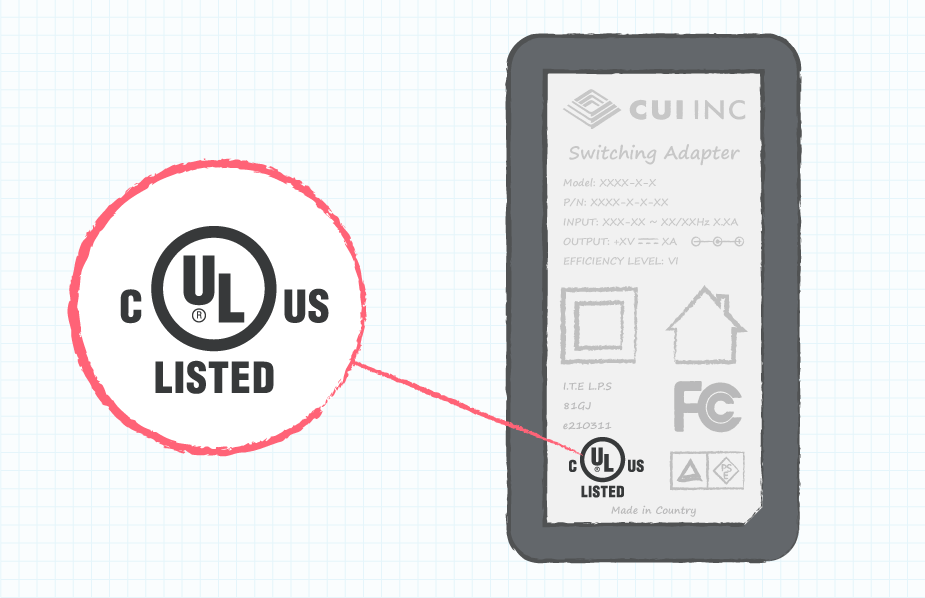
"Recognition" is for a component within a system, with the mark below shown again with the "C" and "US" adders. It is argued that power supplies are components - they have no inherent user function, are usually embedded inside other equipment and always need an associated product to perform an end-task. Most power supplies, from on-board dc-dc converters to multi-kilowatt ac-dc power supplies, are classified as "UL Recognized" components. Power supplies achieve UL recognition by evaluation against particular applicable standards, for example, the familiar UL 60950 for IT equipment (soon to be superseded by UL 62368), or UL 60601-1 for medical applications.
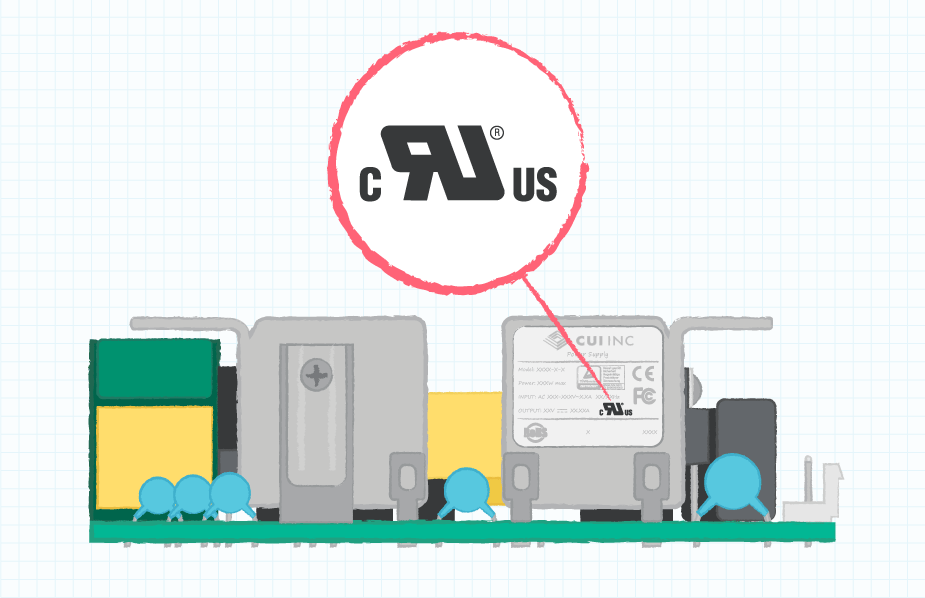
UL's Scope of Recognition
UL recognition is for all system components down to the board level, so a "UL Recognized" power supply will normally include components that themselves need UL recognition. These could include "X" and "Y" capacitors and any component that crosses a safety isolation barrier or whose failure could cause a hazard. Recognition requirements will also go down to the materials used in barrier components such as wire and plastics. Even particular groups of materials can have a recognition as an "Insulation System" if they have been evaluated together and produce no short or long-term chemical interaction that is hazardous or detrimental to the safety barrier they comprise.
UL Recognition for Power Converters
For power converters, UL recognition is not just for the safety of high voltage ac-dc power supplies. For example, a low voltage, non-isolated point-of-load dc-dc converter can be "UL Recognized" for safety, but the only relevant tests might be for peak voltage, material flammability and component temperature rise. At the other end of the spectrum, for recognition of a high-power ac-dc converter, tests would be applied for evaluation of the potential hazards of electric shock, fire, smoke, electromagnetic emissions and other harmful energy sources.
UL Recognized and Operating Environments
"Recognition" of a power supply will always be qualified for the intended operating environment. You might have come across different categories of safety isolation, such as, Functional, Basic, Supplementary and Reinforced. A power supply can be "UL Recognized" to have "Basic" isolation, but this would not be acceptable as a safety barrier against high voltage without further levels of protection. Similarly, "System Voltage" is a factor; a power supply with a "Reinforced" isolation rating at 115 Vac might only be allowed a "Basic" rating at 230 Vac. Other conditions that affect the level of recognition are the "Over-Voltage Category" of the electrical supply, "Pollution Degree" of the environment, and altitude. Even when all this is specified, UL may only grant recognition up to a certain ambient temperature, beyond which they deem that internal material temperatures are higher than the recommended, very conservative maximums. This can lead to the situation where a power supply manufacturer is happy to guarantee the functional performance of a product up to, say, 85°C ambient, whereas UL recognition is only valid up to a lower temperature.
UL Recognized Exceptions
There are exceptions to the "UL Recognized" categorization for power supplies – lab supplies, external adapters and DIN-rail power supplies are regarded as stand-alone products and therefore are classified as "UL Listed". This classification can make life easier for system designers who can specify an external "Listed" part instead of an internal "Recognized" component power supply which then must be evaluated by safety agencies in combination with other system components. Because of this, when the application's power architecture is being considered, the ease of use that the "UL Listed" mark provides can often tip the scale in favor of the external power adapter over the on-board power supply.
It Was Meant To Be An Easy Question...
While not always straightforward, the key takeaway is that "UL Listed" is meant for self-contained products such as external power adapters and "UL Recognized" is for components comprising a larger system like internal ac-dc power supplies. However, these safety marks only cover a portion of the full picture and attention must be paid to the application and intended use environment to ensure safe operation of your end-product.
You May Also Like
Have comments regarding this post or topics that you would like to see us cover in the future?
Send us an email at powerblog@cui.com

